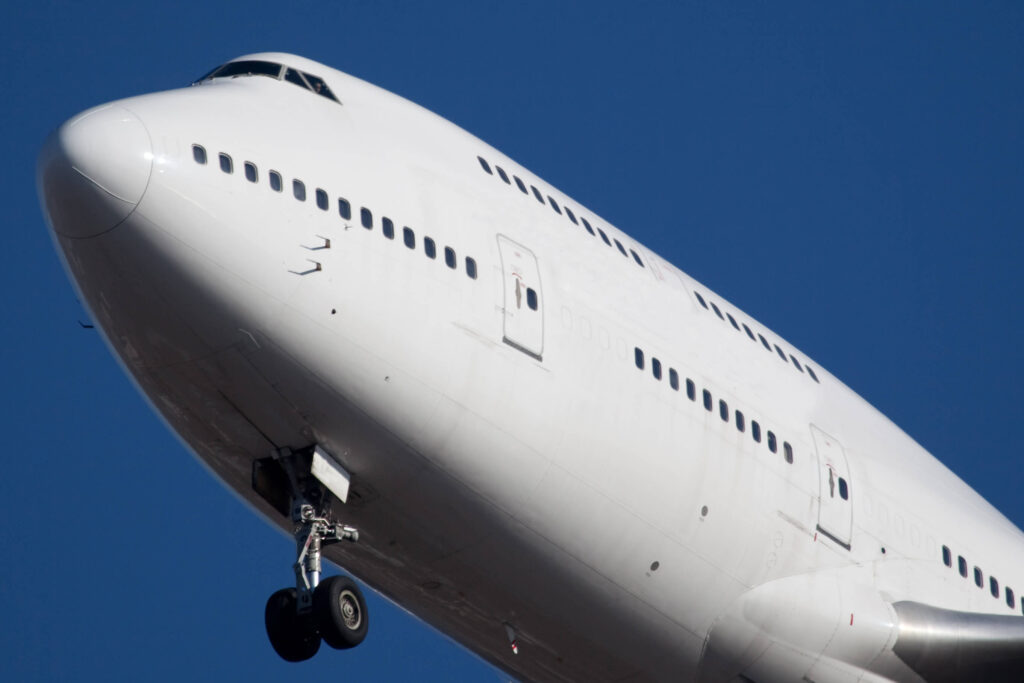There is no secret that the financial impact of the ongoing COVID-19 pandemic has harshly affected the aviation market and forced airlines to take instant cost-cutting measures. The accelerated retirement of older planes was one of the moves that various air carriers took while balancing on the verge of survival. Due to the lack of demand for large-capacity jets amid the global health crisis, Boeing’s most iconic wide-body aircraft, the 747, was among the types preferred for early retirement.
However, not all airlines gave up on the Queen of the Skies. AeroTime investigated which airline remains the largest operator of the type, and how many passenger Jumbo Jets are still in active service.
When Boeing launched the 747 production in 1968, it rolled out seven variants of the aircraft dedicated for passenger service, including -100, -100B, 747SR, 747SP, -200, -300, -400, and -8I. The world’s first iconic long-range wide-body quad-engine 747, the -100 variant, took off for the first passenger service operating for Pan Am in 1970. In total, Boeing made 168 747-100 variant jets, 167 out of which were delivered to customer airlines. The single 747-100 variant, which was not delivered, was kept by the manufacturer as a prototype, its books show. The initial 747-100 variant of the Queen of the Skies was followed by the -200, -300, -400, and -8 Intercontinental. Boeing has made a total of 225 planes of the -200 variant, 85 of the -300 variant, and 627 of the -400 variant.
However, according to the latest update of the Boeing 747 operators list, only 438 Jumbo Jets, including cargo planes of the type, are still flying. As for the 747s used for commercial passenger operations only, a single jet of -100 type, five -SPs (Special Performance), nine -200s, two -300s, 52 -400s, and 44 -8I (Intercontinental) are used for service.
For instance, the Iran Air Force is the only air operator in the world to keep flying a 51-year-old passenger Boeing 747-100 jet for governmental purposes. It owns three larger variants -200 aircraft of the type, with a single plane temporarily grounded. In comparison, the United States Air Force still flies six 747-200 Jumbos and currently is the only operator of the variant.
A quite similar situation is with the Boeing 747-300 variant as well. To this day, Iran’s private air carrier Mahan Air keeps having two Queens of the Skies, the -300 variant, in its fleet. Both jets are already counting their 36th year in the service. However, the actual time both jets had spent in the skies flying travelers to various destinations may differ, because the airline holds both aircraft in the storage, the data from Planespotters.com indicates.
Meanwhile, when the question comes to the -400 variant, the list of Boeing 747 operators shows that the iconic double-decker is still actively used by some of the commercial airlines despite the plane being widely considered as aging and not so fuel-efficient in comparison to other Boeing types. A total of 52 Jumbo Jets of the -400 variant and 44 of the -8I variant are still taking off for passenger flights. For example, the Iceland-based charter and ACMI [Aircraft, Crew, Maintenance, Insurance – ed. note] airline Air Atlanta Icelandic, is the owner of four Boeing 747-400 jets, all of them older than 18 years. However, the company does not fly the Jumbos by itself, since it leased Saudi Arabian Airlines.
In the meantime, the flag carriers, such as Air China, Air India, and Iraqi Airways have two Queens of the Skies in the fleets each, reaching an age of 25 years on average. Other airlines, such as the South Korean air carrier Asiana Airlines, and Mahan Air flies a single double-decker each. However, some of the government-owned air carriers operate fleets of the 747-400 variant, where the Jumbo Jets are fitted with the VIP configuration, but still are dedicated to carrying passengers on board. For instance, the Bahrain-owned Bahrain Royal Flight owns two VIP-configured wide-body jets, which are used to fly the government officials. The governments of Morocco, Saudi Arabia, and Oman own a single jet of the type, while the government of the United Arab Emirates still flies 4 Boeing 747-400s with the VIP configuration.
According to the list, the Canadian charter airline Atlas Air could be named as the largest operator of the Boeing 747 jets in the North American region. The air carrier still operates seven Queen of the Skies, whose age reaches 18 years old on average. However, the Canadian airline comes as the third-largest operator of the 747s after Lufthansa (LHAB) (LHA) and Rossiya Airlines. The largest German airline keeps eight Jumbo Jets of the -400 variant, which have been flying the passenger flights for around 21 years on average, but temporarily are held in storage. The company also operates 19 of the -8I variant, bringing a total number of the 747s to 27 planes.
In comparison, Russian air carrier Rossiya Airlines takes the second leading position having nine 747-400s in its fleet. As it is indicated by Planespotters.com, six out of nine wide-body jets, which are counting almost the 22nd year in the skies, are actively flying the passenger routes. While the minor part of the Queens, only three Jumbo Jets, are marked as parked.
In January 2021, the manufacturer announced that it will discontinue the production of the iconic double-decker in 2022.
Such a decision was made because the demand for the already aging aircraft line had incredibly shrunk amid the COVID-19 pandemic. According to the Boeing Orders and Deliveries list, the manufacturer received no order for the latest 747 variant through 2020 and gained just a single order in the first half of 2021.

